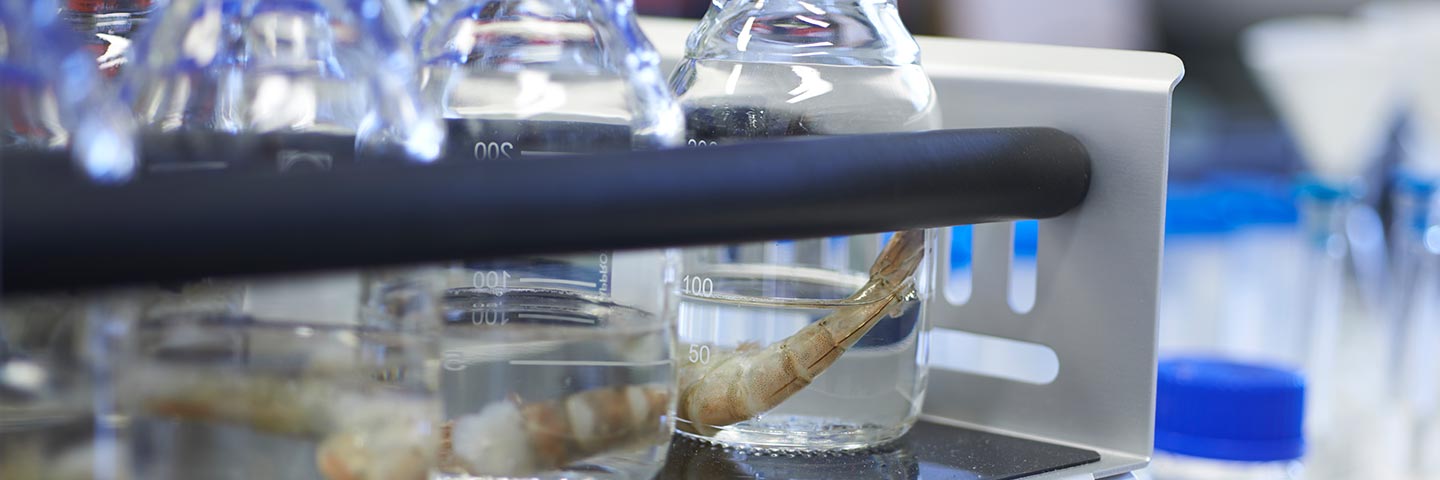In the seafood industry to reduce thaw drip, improve texture and appearance of fish fillets synthetic polyphosphates have been used in frozen produce. More worryingly though, soaking in polyphosphate increases the update of water adding weight to produce and potentially increasing the cost of the goods. Whilst this practice is permitted declaration of the food additive is required.
Until now the detection of added phosphates was extremely difficult because the concentration of naturally occurring phosphate varied so dramatically between fish that the tolerance ranges for total phosphate could not alone detect added phosphate. Other common methods look indirectly for polyphosphates through the detection of added water but these methods are also prone to the same effects from natural variation.
The seafood industry therefore needed a solution that would distinguish between naturally occurring and synthetic polyphosphates. In 2013 it was reported that fish and seafood were the most adulterated food ingredients, globally. With accurate labelling of food a growing concern for consumers and the food industry increasingly subject to scrutiny, testing to ensure products meet legislative and labelling requirements is essential to securing public confidence.
Fera Science Limited have developed and validated such a technique. The results are clear-cut, detection of analytes can confirm use of polyphosphate, no ambiguity. The methodology has been validated for prawns which can also be easily transferred and expanded to a wide range of seafoods.
The benefits of the new service for manufacturers and suppliers include:
• Improve labelling claims – aiding brand protection & enhancing consumer confidence
• Measurement of 'added' phosphates in prawns distinguish between naturally occurring levels of polyphosphates
• Ensure high quality products – eradicate unknowns in your supply chain
James Donarski, Head of Food Authenticity at Fera Science, said:
“In prawns, monophosphate is naturally occurring, whereas di-phosphate and tri-phosphate are not, therefore the detection of di-phosphate and tri-phosphate in prawns would confirm the use of polyphosphates. Fera has developed a NMR (nuclear magnetic resonance) based in-house validated test that successfully differentiates between the different forms of phosphates in prawns. With today’s consumers wanting to know not only what is in their food but also how it is produced the results of polyphosphates analysis will only aid to strengthen public trust in the integrity of the food supply".




